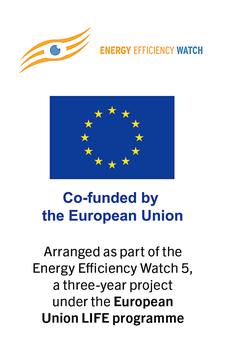Search eceee proceedings
Industrial excess heat and district heating: potentials and costs for the EU-28 on the basis of network analysis
Panel: 4. Technology, products and systems
This is a peer-reviewed paper.
Authors:
Ali Aydemir, Fraunhofer ISI, Germany
David Schilling, Fraunhofer ISI, Germany
Tobias Fleiter, Fraunhofer ISI, Germany
Mostafa Fallahnejad, TU Wien, Energy Economics Group, Austria
Abstract
Many studies see district heating as an important measure to reduce greenhouse gas emissions in the building sector. In this context, industrial excess heat can contribute to the provision of cost-effective heat for district heating networks with a low CO2-footprint. The potential of excess heat to be used for district heating depends, among other things, on the amount of energy available from the supplying factories, the seasonal profiles and the distances to possible district heating areas, which in turn determine possible transport costs for the heat. Here, we present a new method to estimate the costs of supplying industrial excess heat to potential district heating areas by calculating potential pipeline connections based on network analysis.
As a first step, we map areas with district heating potential. In the second step, we calculate how much industrial excess heat can be provided to supply these areas. To do this, we use a database of georeferenced industrial sites containing information on the amount of excess heat (1,058 sites with a total of 94 TWh). In addition, we use a heuristic model to design networks for heat transport between excess heat sources and district heating areas. On this basis, the investments for the necessary infrastructure are estimated. We take into account investments and operating costs for pipelines and heat exchangers as well as heat losses. This results in costs for transporting the excess heat to the district heating areas.
For our analysis, we vary the parameters in our model and thus generate cost-potential curves to show how much excess heat can be transported to the district heating areas at which costs. For the EU-28, our calculation shows that about 34 TWh of excess heat could be provided for transport costs of up to 0.75 ct./kWh. This corresponds to about 36 % of the excess heat in the data set. A further 13 % can be provided at costs of up to 1.5 ct/kWh. In total, about 54 % of the excess heat can be provided for costs of up to 2 ct./kWh.
Errata
Equations 2, 4, and 5 have been clarified a little. (The content is still the same.)
Downloads
Download this presentation as pdf: 4-073-20_Aydemir_pre.pdf
Download this paper as pdf: 4-073-20_Aydemir_rev.pdf














